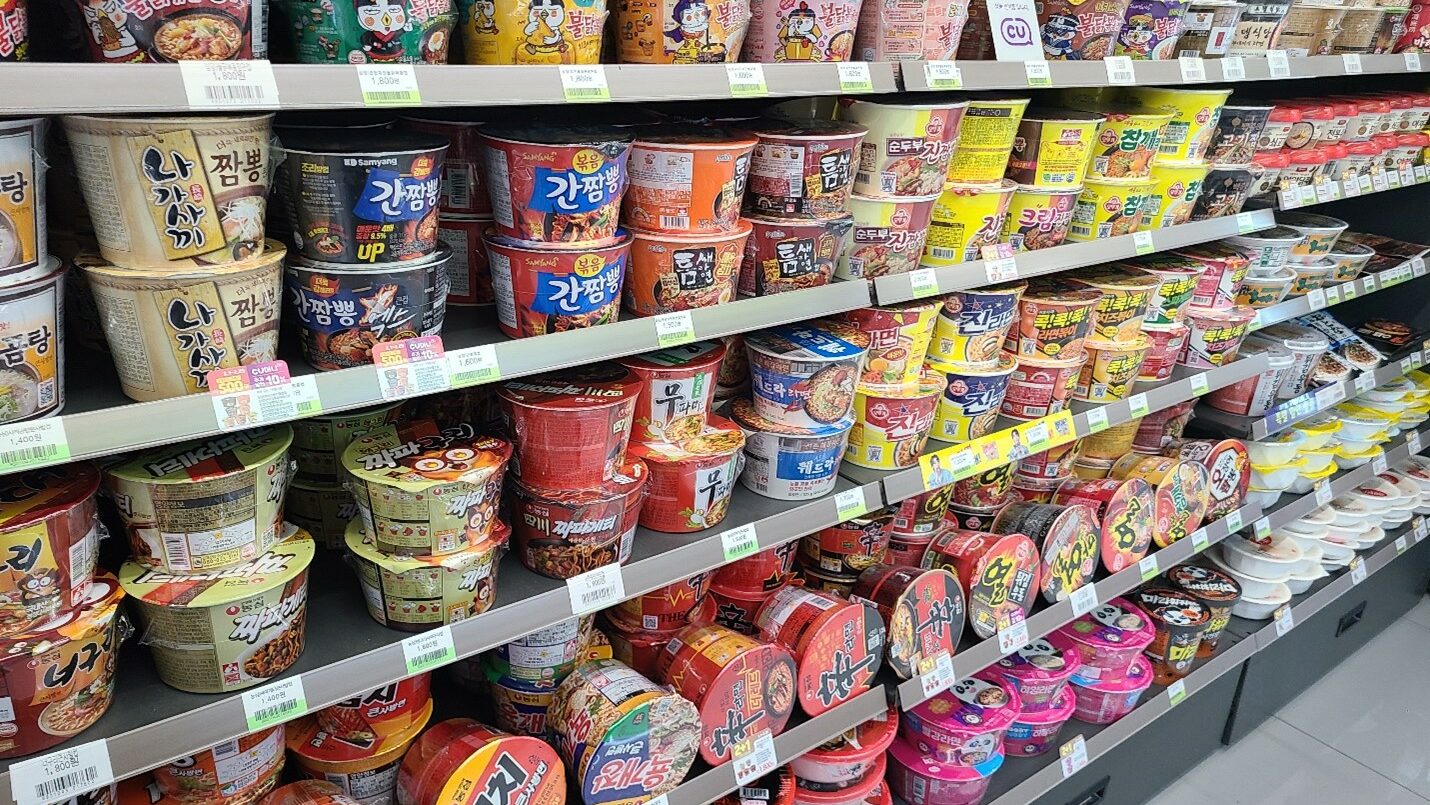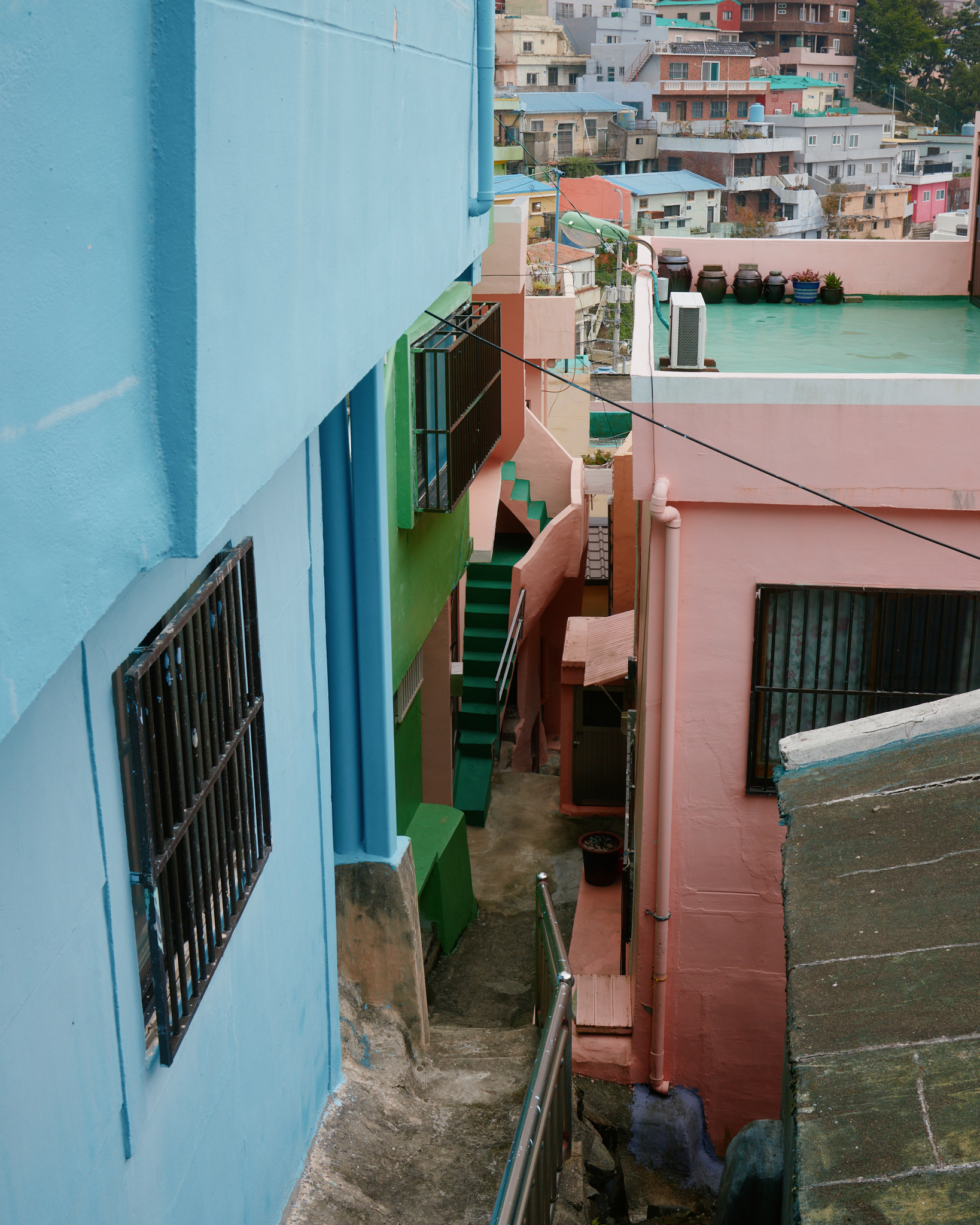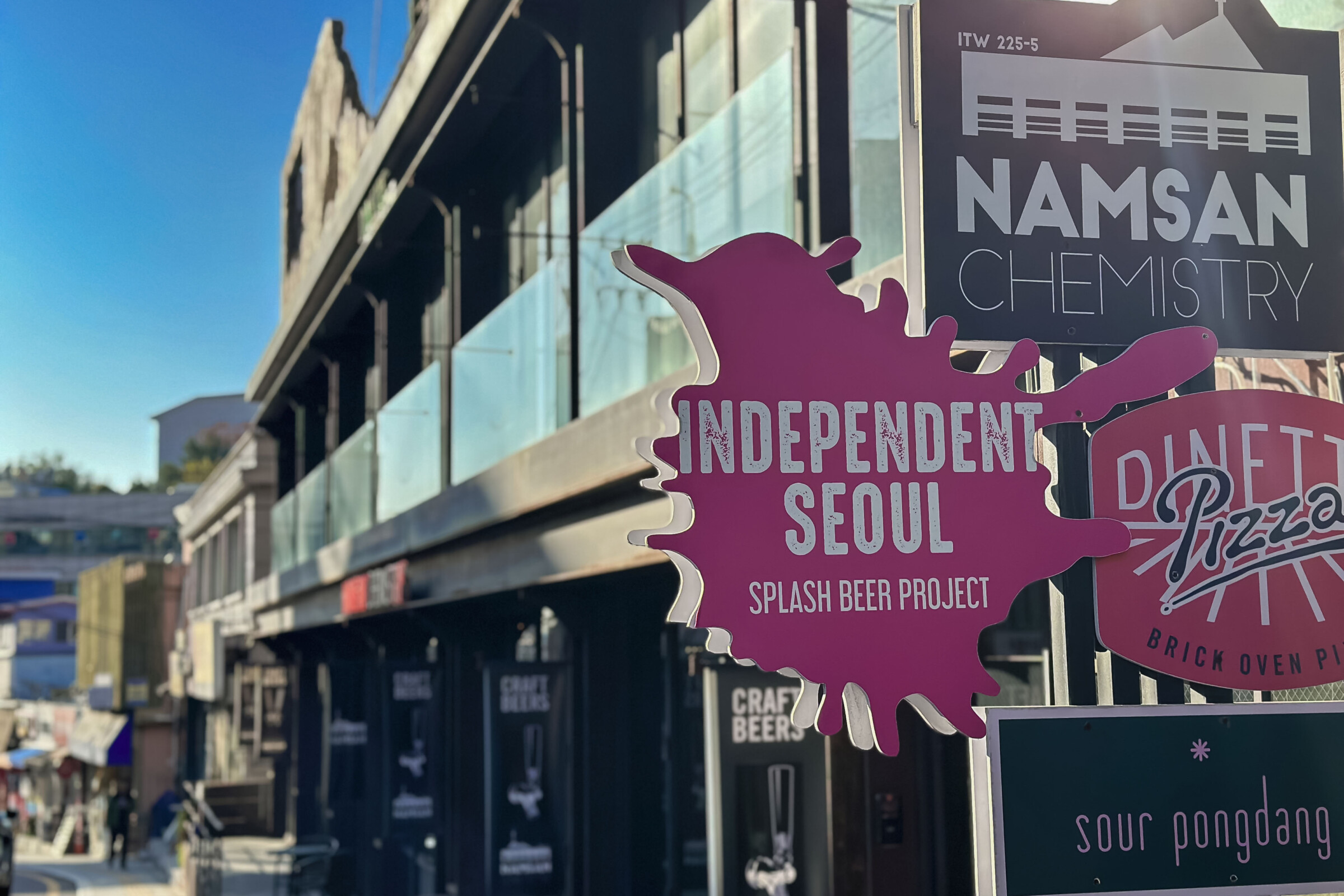South Korea: 6 things not to miss

By Adrian Phillips, an award-winning travel writer and broadcaster for national media including The Times, The Telegraph, the BBC and ITV. He is also Managing Director of Bradt Travel Guides.
Most people associate South Korea with K-Pop, the 1988 Seoul Olympics and recent Netflix series Squid Game. They probably know that the country is an electronics powerhouse, with companies including Daewoo, Samsung and LG. They might drive a Kia or a Hyundai, both Korean manufacturers, and they’ll remember the eccentric, rodeo-style dancing of South Korean rapper PSY in the video for his song "Gangnam Style". They probably haven’t, though, considered going to South Korea on holiday. And until April it wasn’t on my radar either.
But then – unlike neighbouring tourism hotspots Japan and China – South Korea dropped most of its Covid travel restrictions, meaning it was possible to visit without having to quarantine. This was an opportunity too good to miss, so I placed myself in the expert hands of InsideAsia and headed over there to see what the destination has to offer. After an action-packed eight days, here is my selection of six things you shouldn’t miss.

- A makgeolli meal
I’ve rarely been to a country where the food is so varied and the meals such enjoyable and prominent punctuation marks within the course of a day. Any primary dish tends to be accompanied by a whole host of sides, ranging from kimchi (fermented veg) and fried lettuce pancakes to marinated tofu, seafood and mountain vegetables.
It’s no exaggeration to say that the table might be laid with 20 small bowls of different foods, each of them fresh and tasty. Classic mains include bibimbap (a dish of rice mixed with a variety of vegetables and minced meat), bulgogi (marinated barbecued beef) and samgyeopsal (grilled slices of pork belly, eaten in lettuce leaf wraps). All this is often washed down with makgeolli, a slightly fizzy rice wine poured into bowls from a pewter kettle.

2. A walk along the Seoul Wall
First built at the start of the Joseon Dynasty in the 14th century to protect the capital from tigers, Seoul’s ancient walls are now a popular walking route that offer a chance to stretch the legs and enjoy some great views of the city. In places the steps can be quite steep, and you’ll need to be moderately fit to tackle them comfortably. Look out for stones carved with the names of those involved in the construction – literal touchstones to the past.

3. The changing of the guard at Gwangwhamun Palace
Gwangwhamun Palace – the biggest of Seoul’s five palaces – is a sprawling complex of pavilions (some of them reconstructed after being levelled during Japanese occupation in the early 20th century), where royals lived and conducted their official business.
I spent a fascinating morning here with guide Stefano, who showed me the choice spots – from the library where the Korean alphabet was devised to the quarters where a queen was assassinated by samurai in 1895. Best of all, if you arrive at 10am you can witness the pageantry of the changing of the guard, which takes place with much banging of drums and blowing of conch shells.

4. A stroll around Hahoe
In 2021, a bullet-train route was launched from Seoul to Andong, offering the chance to reach this centre of culture and tradition in just two hours. At the Hahoe Folk Village, in its picturesque setting on a plain at the base of a cliff, you can visit some traditional tile-roofed homes called hanoks, as well as buy wood-carved masks that were for centuries used in irreverent street plays during festivals to appease the gods. The Mask Festival is still held here each autumn.

5. A visit to Jeonju
The founder of the Joseon Dynasty was born in Jeonju, and the city remains the beating heart of Korea’s cultural history. At the core of today’s modern city is the largest collection of traditional hanoks, built by the rich nobles who once lived here, but now largely occupied by modern businesses. These include stores offering traditional dress called hanbok, which Koreans rent for the day and wear for photo opportunities at the various shrines and other historic sites around Jeonju

6. An evening at a pocha
The standout experience of my time in South Korea was an evening spent in search of "authentic" Seoul with guide Meggie, who is originally from North Carolina but has lived in the capital for many years and knows its best nooks and crannies.
We kicked off with a makgeolli meal at the oldest restaurant in Seoul, a low-ceilinged hanok hung with traditional hats, wooden masks and tobacco pipes. From there, we moved on to the neighbourhood of Ikseondong, once run-down but now revived by artsy, bohemian types who have reclaimed some of the buildings and converted them into hip bars and restaurants that are popular with Korean youngsters (and where you’re unlikely to see another tourist).

We finished at a pocha – or packaway bar – on a nearby street. "Unless they’re on antibiotics, you won’t find a Korean who says no to this," Meggie told me as we took our places at plastic chairs in front of a large metal cart on wheels.
The pocha was run by an elderly lady, who served us dishes of sea snails and rolled eggs, and – most importantly – bottles of a distilled spirit called soju that greases the wheels of social interaction in South Korea. So ubiquitous is soju that it is said more is consumed than any other alcohol in the world.
I can’t verify this, but I can say that it is surprisingly drinkable, with none of the throat-rasping harshness you might expect. And, as the drinkers alongside us at the pocha proposed toasts, filling our glasses from their bottles before we filled theirs in turn, I learnt that soju can be the catalyst for a fabulous evening of anecdotes and stories that tell you more about Seoul than any museum or coach tour.
Adrian Phillips is an award-winning travel writer and broadcaster for national media including The Times, The Telegraph, the BBC and ITV. He is also Managing Director of Bradt Travel Guides.
Read more from Adrian's recent trip to South Korea in his article for The Sunday Times.
Follow in Adrian's footsteps on our Best of South Korea itinerary, or get in touch with our South Korea travel experts to incorporate some of our favourite Korean experiences into a bespoke itinerary.




